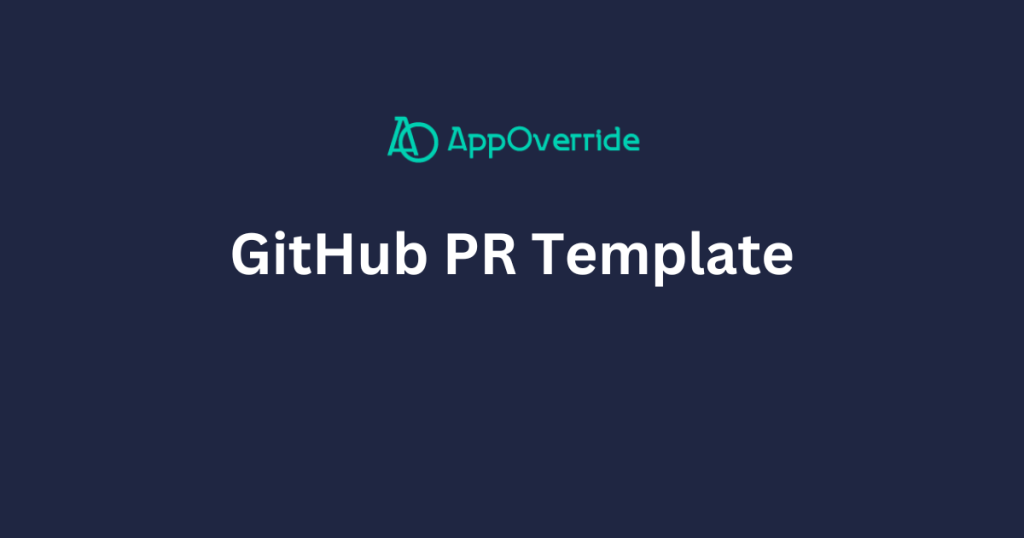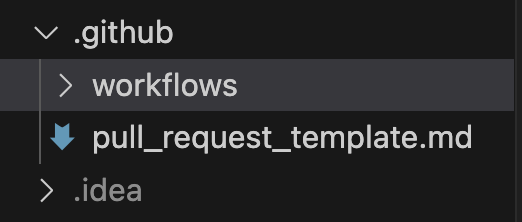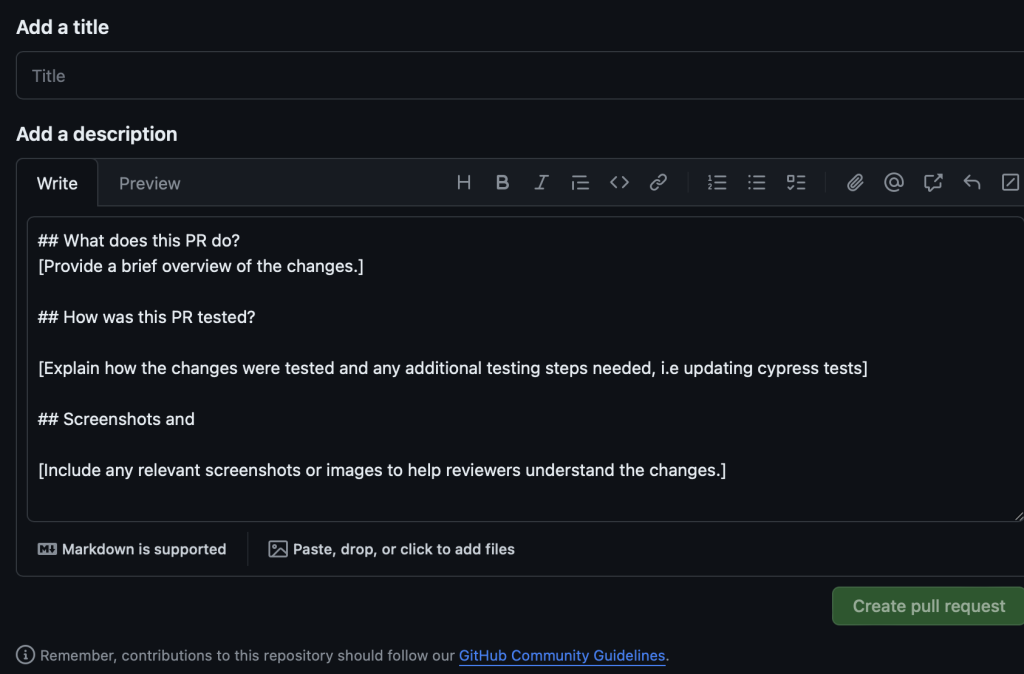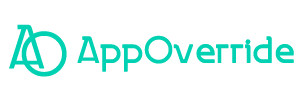In this blog post, we’ll guide you in adding a GitHub PR template through the process of implementing a Pull Request template in your GitHub repository.
This simple yet powerful tool can significantly enhance your project’s contribution workflow, ensuring that contributors provide essential information and follow standardized testing procedures of the GitHub PR template.
Let’s dive into the steps to make your open-source project more accessible and contributor-friendly.
You can follow the official documentation to set up Flutter: Flutter Installation Guide.
Table of Contents
Overview of GitHub PR Template
The first section of your PR template post should explain the purpose and benefits of the PR template. Consider something like:
What does this PR do? [Provide a brief overview of the changes.]
How was this PR tested? [Explain how the changes were tested and any additional testing steps needed, i.e updating cypress tests]
Screenshots and [Include relevant screenshots or images to help reviewers understand the changes.]
GitHub PR template implementing process
In the fast-paced world of open-source development, effective collaboration is key. As your project gains traction, so does the number of contributors, each bringing their unique insights and improvements.

However, maintaining a streamlined and organized contribution process becomes increasingly challenging. This is where GitHub Pull Request (PR) templates come to the rescue.
Step 1: Create a .github directory in your repository
Begin by creating a new directory named .github at the root of your repository. This directory will house the templates for various GitHub features, including issues and pull requests.
mkdir .githublike this:

Step 2: Add a pull_request_template.md file
Inside the .github directory, create a file named pull_request_template.md. This file will contain the template for your pull requests. You can use markdown to structure the information you want contributors to provide.
Here’s a basic example:
## What does this PR do?
[Provide a brief overview of the changes.]
## How was this PR tested?
[Explain how the changes were tested and any additional testing steps needed, i.e updating cypress tests]
## Screenshots and
[Include any relevant screenshots or images to help reviewers understand the changes.]
Step 3: Commit and push the changes
Once you’ve created the .github/pull_request_template.md file, commit the changes, push them to your repository, and merge them with the main repository.
git add .github/PULL_REQUEST_TEMPLATE.md
git commit -m "Add PR template"
git push origin main
With these simple steps, you’ve implemented a pull request template in your GitHub repository. Now, whenever contributors create a new pull request, they’ll see a pre-populated form that guides them through providing necessary information.
Moreover, these templates go beyond just descriptions and explanations; they can include prompts for testing procedures, documentation updates, or any other specific requirements tailored to your project.
This consistency not only makes your open-source project more welcoming for new contributors but also significantly boosts the efficiency of the entire development workflow.
By making the contribution process more accessible and systematic, GitHub PR templates play a pivotal role in creating a positive and inclusive environment for developers of all experience levels.
Also read:
It looks like this:

Conclusion
GitHub PR templates are a robust mechanism designed to enhance collaboration by guiding contributors through the submission of well-structured and informative pull requests.
By implementing a standardized template, you ensure that contributors provide essential details regarding the changes they propose and adhere to a consistent testing methodology.
This not only facilitates the review process for maintainers but also fosters a culture of clarity and precision within your project’s development community.
